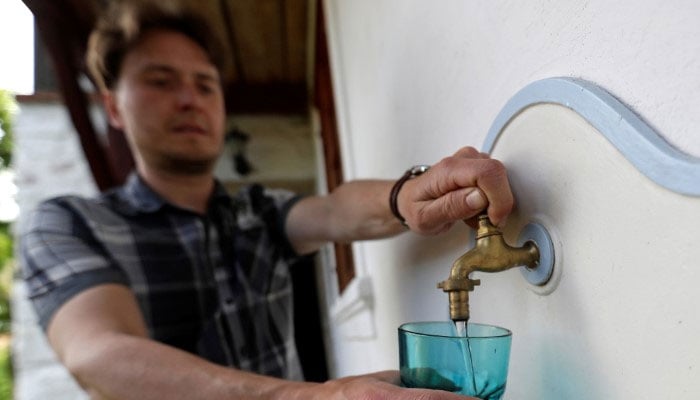

Maintaining optimal hydration can be more nuanced than the ubiquitous advice of eight glasses a day suggests as experts weigh in on debunking myths and offering tailored insights into water intake based on factors like gender, age, activity level, and location, Yahoo Life reported.
While the American College of Sports Medicine recommends around 60 ounces daily, individual needs vary.
Clinical nutritionist Josh Axe suggests a more personalised approach, targeting 25 to 50% of one’s body weight in ounces. However, this calculation assumes a diet rich in hydrating fruits and vegetables. For those lacking such dietary elements, additional water intake is recommended.
For exercise enthusiasts, pre-exercise hydration is crucial. The ACSM advises 17 ounces two hours before exercise, allowing time for both hydration and a bathroom break. Post-exercise, aiming for one or two cups of water per pound of sweat-induced weight loss ensures proper rehydration.
Waiting until you’re thirsty can hinder performance, with even a one-percent weight loss from dehydration impacting muscle fatigue. Senior exercise physiologist Heather Milton emphasises the significance of maintaining proper hydration levels for optimal physical function.
Longer exercise durations may warrant alternatives to plain water. Nutritionist Leah Silberman suggests powders, sports drinks, or electrolyte-infused water to support muscle function, blood pressure, and cell integrity. However, avoiding high-sugar options is crucial.
While timing may not be critical for everyone, being mindful of water consumption around waking, sleeping, and meals is advised by nutritionist Josh Axe. Avoiding water during meals can prevent dilution of stomach acid and aid digestion.
To make hydration enjoyable, infusers with fruits like lemon or cucumber can add flavour. Seltzer, coffee, and milk contribute to fluid intake, but water remains essential for metabolic processes.
Utilising hydration apps like Waterlogged or habit-building apps like Spar can help individuals stay accountable and develop a consistent water-drinking routine.